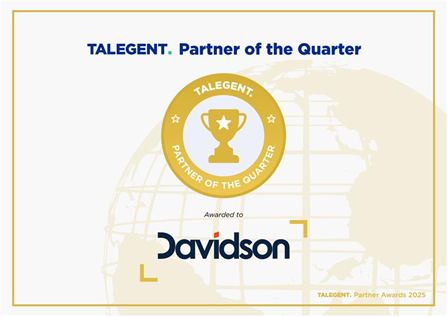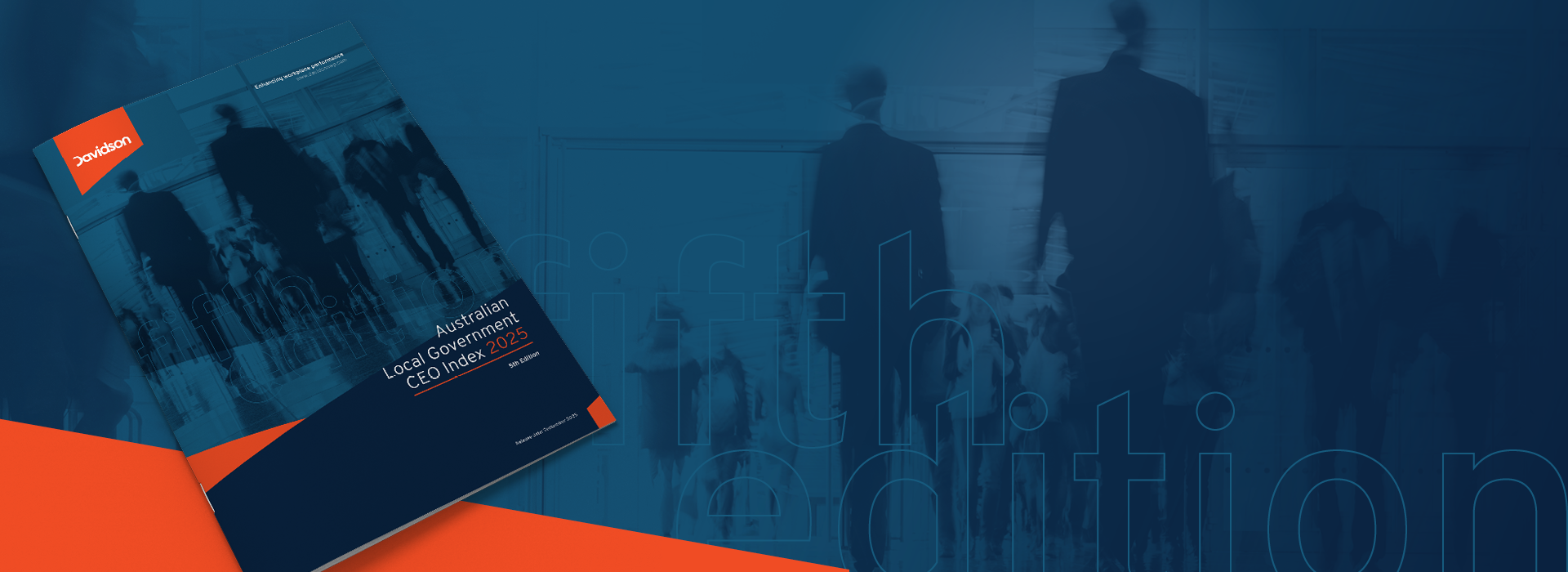Encouraging women to reach for leadership in the NSW Public Sector
While women make up two-thirds of the NSW Public Sector workforce, they still hold just over one-third of senior leadership positions in the sector. There is no good reason for this and the reality of seeing gender parity in the workforce remains long overdue.
In the last few years, since the gender parity in leadership discussion really started to gain momentum, a lot of progress has been made in redressing the gender imbalance issue.
But we still have a very long way to go.
“In 2017, seven of our 10 public sector clusters still did not have gender balance in their leadership positions and three of those seven had less than 40% of their senior positions filled by women,” Madeleine Culbert , CEO, Institute of Public Administration Australia (IPAA) , said.
“To be fair, those figures are slowly improving. Overall, the percentage gap in leadership positions has become smaller.
“In 2016, women held 36.1% of leadership positions. In 2017, it went up 1.3 percentage points to 37.4% which is at least movement in the right direction and almost all clusters with less than 50% representation of women in senior leadership positions did better in their 2017 results than they did in 2016.”
Ms Culbert said it was evident that the levels of female representation in leadership positions dropped off the further up the public sector hierarchy you looked.
Data on women in leadership positions in the Victorian Public Sector (VPS) is only marginally better with women making up a full 67 per cent of the VPS and holding 44 per cent of senior positions.
“Australia’s closest political relative is probably Canada and it does seem that they do better than us in closing this gap,” she added pointing to a 2017 newspaper story on the Global Government Forum’s The Women Leaders Index 2016-17.
The study, which looked the percentage of women in senior positions in the public sector (or civil service) in G20 and EU nations, showed Canada was leading the way in achieving gender parity in its Public Sector with women accounting for 46.4 per cent of senior leaders in the country’s public sector. Encouragingly, Australia was second at 43.4 per cent.
Ms Culbert was emphatic that neither the public nor private sectors “can afford systems where so much potential leadership talent is simply wasted” at senior levels.
Acknowledging she is “nervous” about the introduction of formal gender quotas, Ms Culbert said she is also very aware of the adage that “what gets measured gets managed”.
“While I am a strong believer of merit-based appointments, if organisations had quotas to fulfil it would make them work harder and smarter to recruit female talent,” she said. “I don’t believe an organisation would appoint a woman into a position purely to meet a quota. That would be a risk not worth taking.”
Ms Culbert said the move by NSW Premier Gladys Berejiklian to set a gender parity target of women in 50 per cent of senior leadership positions by 2025 under her Premier’s Priorities was commendable.
“As the CEO of IPAA NSW, I get to see just how many extraordinarily talented women there are in our sector,” she said. “The sad truth is that women often don’t position and confidently promote themselves as well as men.
“I believe the main challenge now is the visible pipeline of senior-level talent. They key word here is ‘visible’. There is a plethora of well-qualified, highly-experienced women in the public sector and business communities, the challenge is how easily accessible are they when it comes to considering executive appointments.
“And rather than focus only on the biggest challenge, let’s think about the biggest opportunity. If we were able to introduce more flexible working arrangements for all levels of the public sector, including senior leadership levels, this would be something that would be of immense benefit to both men and women.
“Ultimately the public sector should broadly reflect the community it serves and the truth is that it doesn’t at the moment.”
This year Davidson launched its inaugural Top 50 Public Sector Women (NSW) list, an initiative to designed to highlight and recognise the achievements of women who have made it to the highest levels of management within the state’s public sector.
The program was launched in Victoria in 2017 and proved to be a very powerful way of holding up female role models to younger women in the public sector. Consequently, the decision was made to expand the initiative into NSW this year.
Submissions for the NSW awards close May with winners announced at a gala event on July 2. Nomination details and applications can be found here.
Submission for the Victoria awards close June 11. Nomination details and applications can be found here and winners will be announced in the week of August 18.
“Events like this are an important way of reminding everyone about the depth of talent that is out there in the public sector,” Ms Culbert said.
We couldn’t agree more. If you are a woman who has attained a level of leadership in the NSW public sector – or work with a woman who has – and would like to see the nomination criteria, visit here.
Share this content





